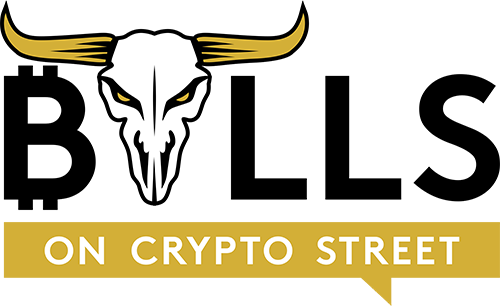
Founded in 2015, Ethereum is the 2nd largest cryptocurrency in the world, behind Bitcoin. Ethereum (ETH) is a decentralized program platform that empowers SmartContracts to be assembled and operate without downtime, fraud, interference or control from an outside party.
How Did Ethereum Start?
Ethereum was proposed in 2013 by a cryptocurrency researcher/programmer named Vitalik Buterin. Development was funded by an online crowdsale during July and August of 2014. The system went live on July 30 2015, with 11.9 million coins “premined” for the crowdsale. This accounts for approximately 13 percent of the total circulating supply.
ETH is also a programming language running onto a blockchain, enabling programmers to build and publish distributed applications. This makes the program ideal to function as a digital currency, but also have many applications outside of cryptocurrencies.
Non-Cryptocurrency Applications
The applications on Ethereum are run onto its platform specific cryptographic token. Ether is the token for ETH, and is sought after by developers looking to develop and run applications inside the program. Ether can be used broadly for two purposes: It is traded as an electronic digital money exchange like other cryptocurrencies and is used inside the program platform to run applications and monetize work. The creators of Ethereum state that it might be employed to codify, decentralize, trade and secure pretty much anything.
Trading ETH
ETH is one of our favorite cryptocurrencies to trade. It has amazing range and liquidity (on most exchanges). It usually moves at least 10 points each day, and you can trade it at almost every cryptocurrency exchange. There is plenty of volatility to capitalize to both the long and short side.

Bulls on Crypto Street is a trading education website dedicated to digital assets such as Bitcoin, Ethereum, DeFi, NFTs, and other new advancements in the Metaverse.
